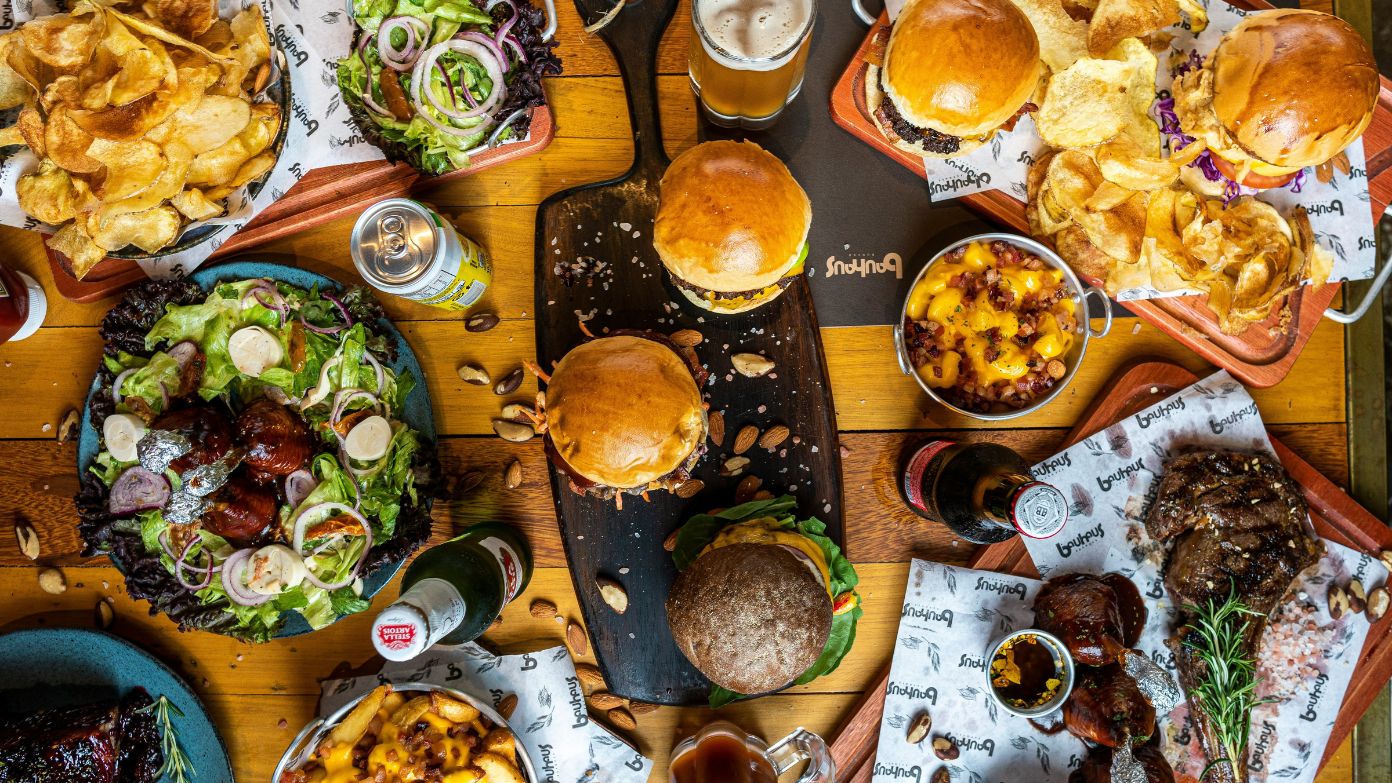More states are officially joining the push to stop certain junk foods from being bought with Supplemental Nutrition Assistance Program (SNAP) benefits. These states are:
- West Virginia
- Florida
- Colorado
- Louisiana
- Oklahoma
- Texas
The U.S. Department of Agriculture (USDA) has approved waivers for each of these states, allowing them to set their own rules on which foods can be purchased with food stamps. In total, these changes will affect about 8.5 million people across the six states.
When you combine these new states with the six that already had bans—Arkansas, Idaho, Indiana, Iowa, Nebraska, and Utah—there are now 12 states with rules against buying certain junk foods using SNAP benefits.
What foods will be banned in each state
The bans are not exactly the same in every state. Some are strict, while others target only one or two items. Here is a breakdown of what is changing:
- Texas: Sweetened drinks and candy
- Florida: Soda, energy drinks, candy, and prepared desserts
- Louisiana: Soft drinks, energy drinks, and candy
- Oklahoma: Soft drinks and candy
- Colorado: Soft drinks only
- West Virginia: Soda only
These rules will apply to purchases made with electronic benefit transfer (EBT) cards. The aim is to steer SNAP benefits toward more nutritious foods.
When will the junk food ban start
The bans do not take effect right away. Most will begin in early 2026, so there is still time for SNAP recipients to prepare. Here are the target start dates:
- West Virginia: January 1, 2026
- Florida: January 1, 2026
- Colorado: March 1, 2026
- Louisiana: January 15, 2026
- Oklahoma: January 1, 2026
- Texas: April 1, 2026
Until those dates, you can continue to use your benefits as usual.
Why states are banning junk food from SNAP benefits
Supporters of the ban believe this move will help improve public health and reduce diet-related illnesses.
Health and Human Services Secretary Robert F. Kennedy said, “For years, SNAP has used taxpayer dollars to fund soda and candy—products that fuel America’s diabetes and chronic disease epidemics. These waivers help put real food back at the center of the program and empower states to lead the charge in protecting public health.”
Texas Governor Greg Abbott also voiced his support, saying the changes will “promote better, healthier food habits” and help Texans lead “healthy and productive lives.”
What critics are saying about the ban
Not everyone agrees with the restrictions. Some health policy experts argue that limiting purchases does not solve the deeper problem—access to healthy food.
Kavelle Christie, a health policy and advocacy expert, explained that in many food deserts—areas with few or no grocery stores—families may only have convenience stores or fast-food outlets nearby. In these situations, buying fresh fruits and vegetables is not just about choice; it is about availability and cost.
For many low-income households, healthier options can be harder to find and more expensive than the items now being banned.
How the ban could affect SNAP recipients
If you rely on SNAP benefits, this change will mean planning your grocery trips a little differently. Some of the main impacts you might see include:
- Needing to use personal cash for items that will be banned
- Making more trips to grocery stores that carry a wider variety of fresh foods
- Adjusting meal planning to avoid restricted products
The USDA has said that states will still have flexibility in how they run their SNAP programs, but these new bans show a clear shift toward emphasizing nutrition.
What happens next for SNAP benefits
The bans will roll out starting January 2026. Between now and then, states are expected to share more details on exactly how the changes will be enforced and how stores will adapt their systems to block restricted items at checkout.
While the debate continues over whether this is the right approach, one thing is clear: SNAP is heading in a new direction, and millions of people will feel the impact.
Related article:
Can I receive SNAP benefits if I am homeless?

